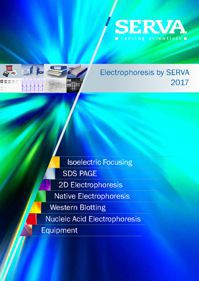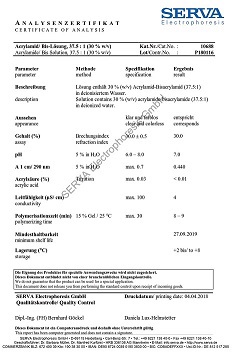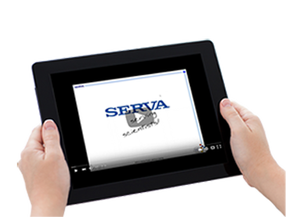Ionic Detergents
Ionic detergents contain a head group which is either positively or negatively charged.
For example, the anionic detergent sodium dodecyl sulfate (SDS) carries a negatively charged sulfate group on a linear C12 hydrocarbon chain. SDS is considered as a very strong and biologically harsh surfactant. It is able to denature proteins by breaking intra- and intermolecular interactions and thus destroying their biological activity. Other anionic detergents like the bile acid salts Na-cholate and Na-deoxycholate have a rigid steroidal core structure. They do not carry a well defined polar head group opposite to a hydrophobic tail (such as SDS). The polar groups are distributed on different parts of the molecule, resulting in a polar and non-polar side, e.g. Na-deoxycholate carries a carboxylate group at the end of a short hydrocarbon chain and two hydroxyl groups on the steroid structure. The bile acids are less denaturing than the ionic alkyl detergents, possibly due to their rigid steroidal ring structure.
Cationic detergents have a positively charged head group, which is often a quaternary ammonium group, e.g. CTAB carries a trimethylammonium group on a C16 hydrocarbon chain. It is also a strong detergent and will often irreversibly denature proteins.






